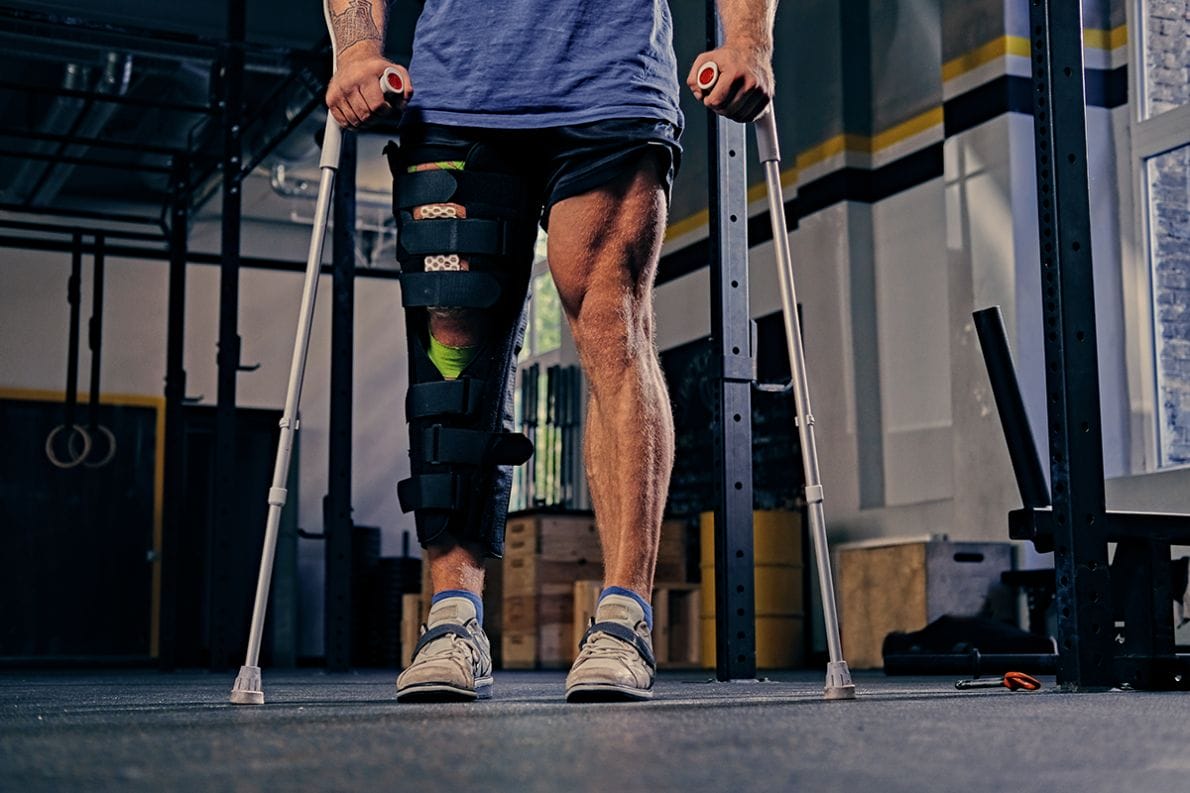Return to play is the process of getting an athlete who has suffered an injury back on the field safely and in a timely manner—especially in the case of a concussion or other head injury.
The standard protocols that measure an athlete’s progress are what indicate their readiness to return to full participation, or “return to play” in other words.
This process can take up to five days or longer depending on how severe the injury is.
The responsibility is on the coaches and practitioners to pay close attention to detail when observing the athlete at each “checkpoint” in the process, to determine if they are ready to progress to the next step. They must be aware of visual symptoms like nausea, vomiting, or blackouts.
It is the athlete’s responsibility to report any symptoms such as dizziness, headache, blurred vision, or vertigo.
Symptoms that a coach cannot visually identify should also be reported to a member of the Integrated Support Team (IST) immediately.
Any traumatic brain injury, including a concussion, directly affects healthy cognitive function. The brain is responsible for all bodily processes—from movement to even breathing—which can become more daunting tasks after a head injury.
The formalities for progressing an athlete to “return to play” can be outlined in several steps:
- The first step is light aerobic activity—low to no-impact exercise like riding a stationary bike or walking for 5 to 10 minutes.
- From there, if no negative symptoms occur, the athlete may move on to the second step—moderate activity such as light jogging for 5 to 10 minutes. This presents an increase in heart rate and head movement.
- In the third step, the athlete moves on to heavy, non-contact sports drills, weight-lifting, or high-intensity stationary cycling.
Once all of these stages are passed, the athlete can return to full practice and full-contact drills, under the guidance of members of the IST.
At this point, the athlete’s readiness to participate in games and competition should be obvious to the player, coaches, and practitioners.
Continually adding heavier exercises or drills before the athletes are hitting the appropriate marks for each stage puts the recovering athlete not only at a disadvantage but at risk for further, serious injury as well.
Progression through all of these steps can take days but can also take much longer. The effects of head injuries can last for months or even years, so the athlete has to be “under the microscope” at all times, being monitored for symptoms.


